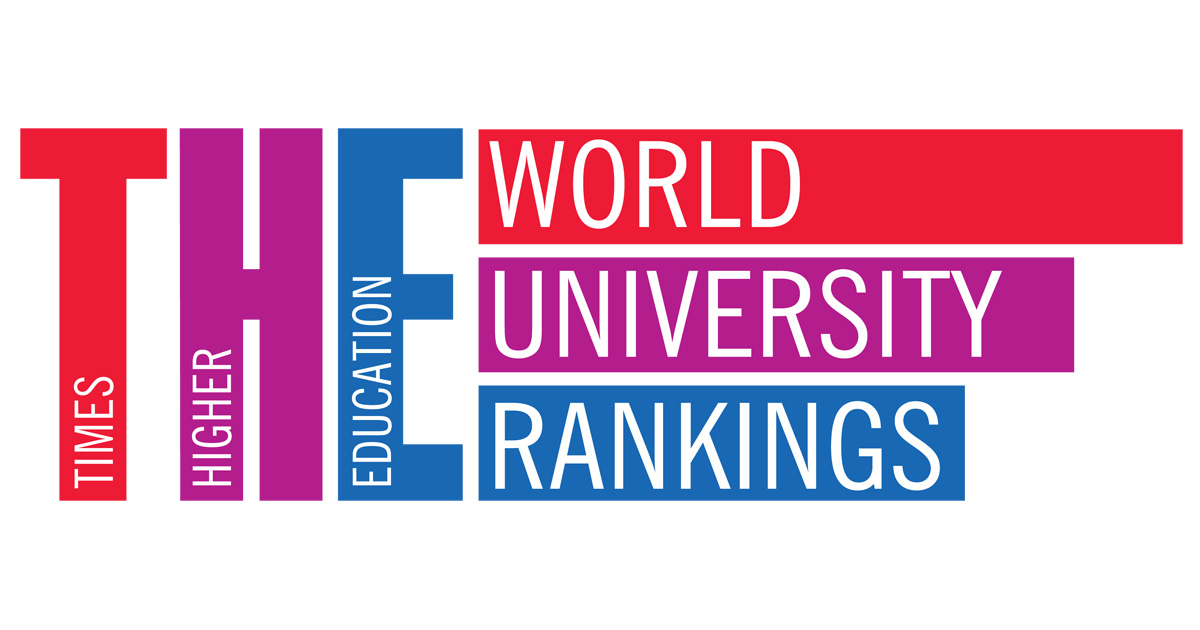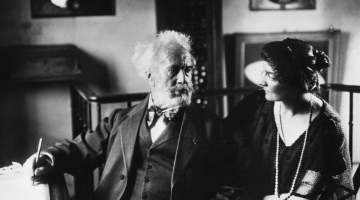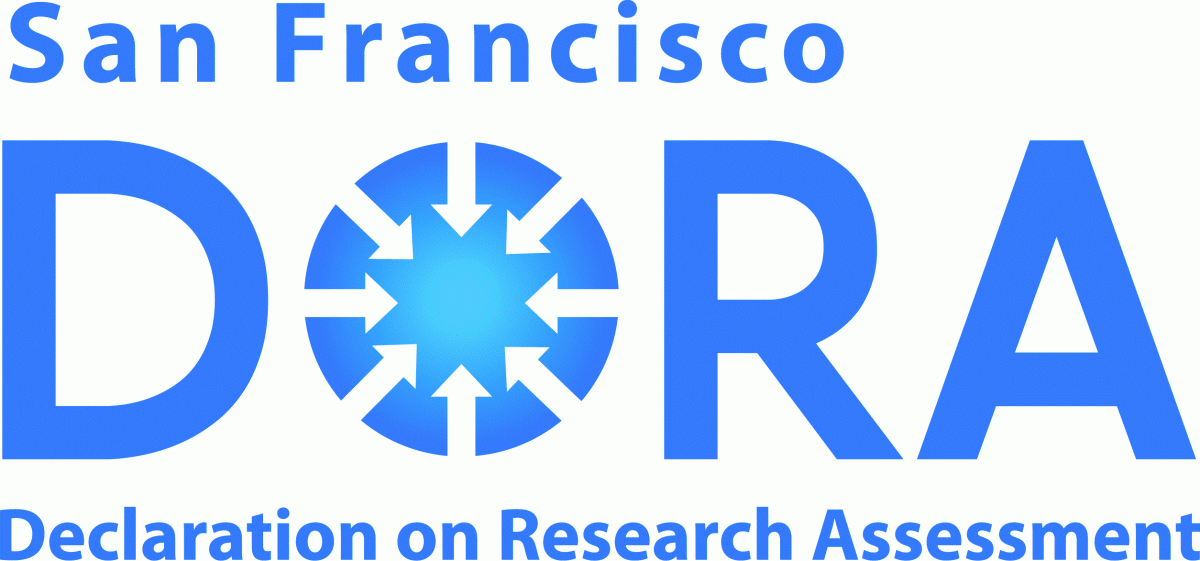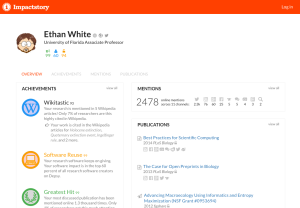Send us a link
Thomson Reuters defends impact factor
Thomson Reuters claims it has “never advocated” the use of the impact factor for the “analysis of individual research artefacts or people”.

With new owner, the hated 'impact factor' is overdue for change
The impact factor is a poor measure of a journal's quality, and academics say it should either be overhauled or done away with entirely.
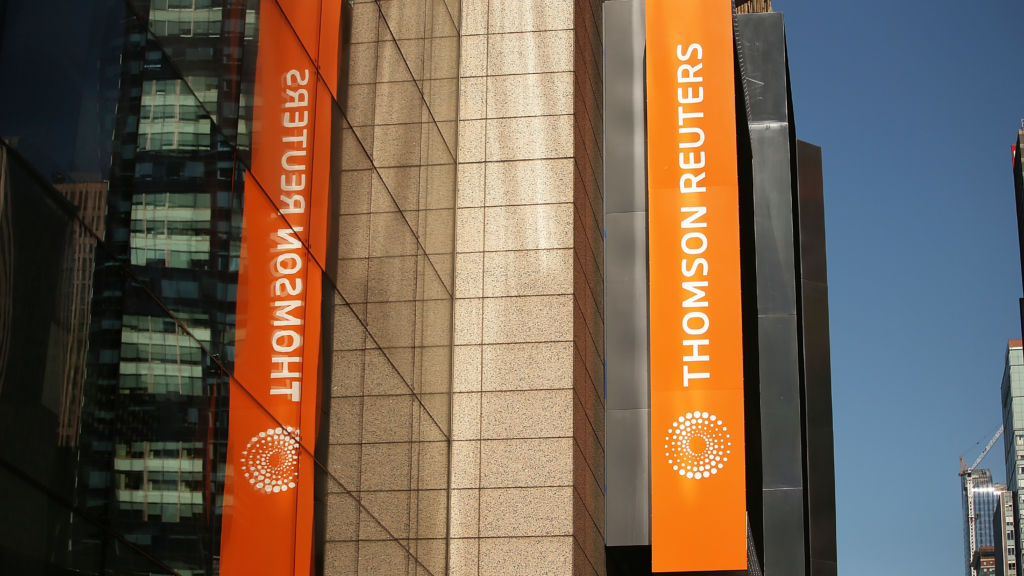
Watch out for cheats in citation game
The focus on impact of published research has created new opportunities for misconduct and fraudsters, says Mario Biagioli.
ASM Journals Eliminate Impact Factor Information from Journal Websites
The goal being to avoid contributing further to the inappropriate focus on journal IFs.
Beat it, impact factor! Publishing elite turns against controversial metric
Senior staff at Nature, Science and other journals want to end inappropriate use of the measure.

Hate journal impact factors? New study gives you one more reason
Analysis finds citation rankings can be very misleading.
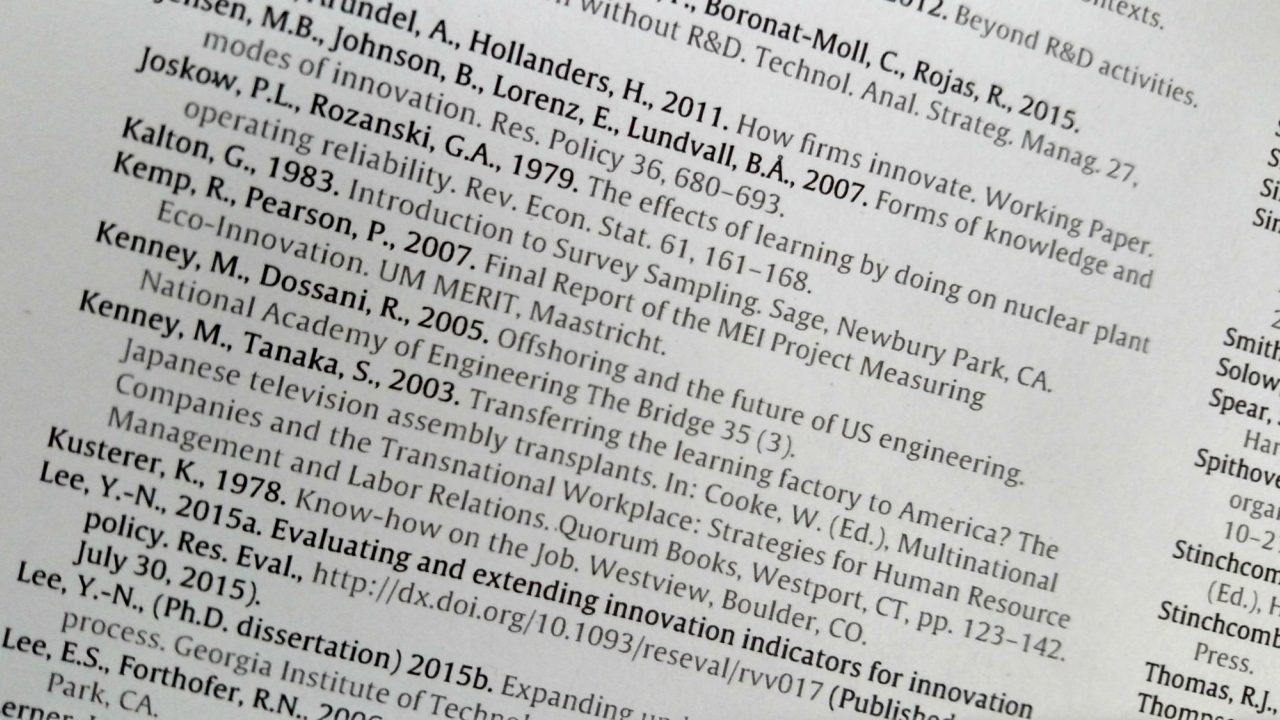
A simple proposal for the publication of journal citation distributions
A possible replacement for the Journal Impact Factor.
Multiple Citation Indicators and Their Composite across Scientific Disciplines
Multiple Citation Indicators and Their Composite across Scientific Disciplines
Citation indicators addressing total impact, co-authorship, and author positions offer complementary insights about impact. This article shows that a composite score including six citation indicators identifies extremely influential scientists better than single indicators.
Some things you need to know about Google Scholar
Google Scholar is great, but its inclusiveness and mix of automatically updated and hand-curated profiles means you should never take any of its numbers at face value.
Google Scholar, Scopus and the Web of Science
A longitudinal and cross-disciplinary comparison.
University Research and the Fetishisation of Excellence
The rhetoric of “excellence” is pervasive across the academy. It is used to refer to research outputs as well as researchers, theory and education, individuals and organisations, from art history to zoology. But what does “excellence” mean? Does it in fact mean anything at all? And is the pervasive narrative of excellence and competition a good thing?
A new complementary index for analyzing research performance
A researcher collaborating with many groups will normally have more papers (and thus higher citations and h-index) than a researcher spending all his/her time working alone or in a small group. While analyzing an author’s research merit, it is therefore not enough to consider only the collective impact of the published papers, it is also necessary to quantify his/her share in the impact. For this quantification, here I propose the I-index which is defined as an author’s percentage share in the total citations that his/her papers have attracted.
The ecstasy and the agony of the altmetric score
Altmetrics have gained momentum and are meant to overcome the shortcomings of citation-based metrics. In this regard some light is shed on the dangers associated with the new “all-in-one” indicator altmetric score.
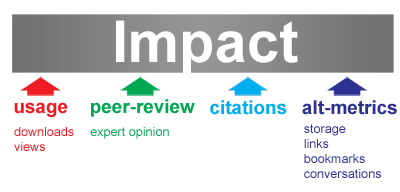
Where do DOI clicks come from?
As part of our Event Data work we’ve been investigating where DOI resolutions come from.
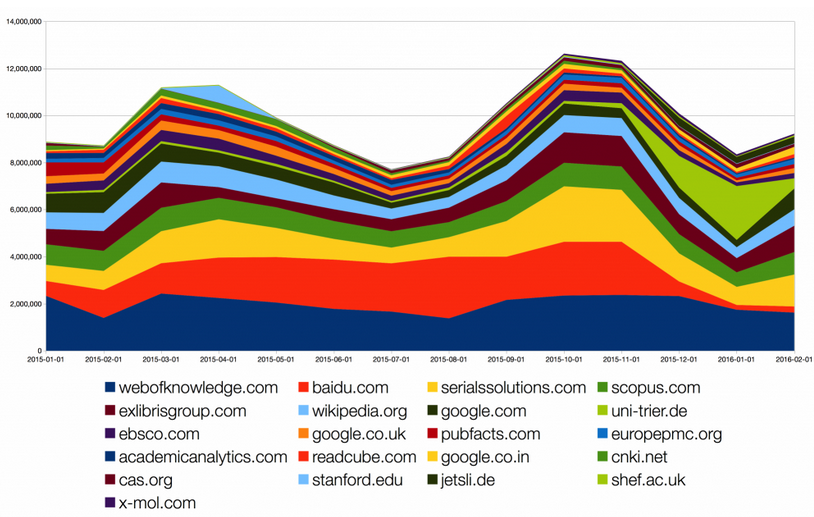
Why Altmetric scores should never be used to measure the merit of scientific publications
Why Altmetric scores should never be used to measure the merit of scientific publications
Or 'how to tweet your way to honour and glory'.
How can academia kick its addiction to the impact factor?
The impact factor is academia’s worst nightmare. So much has been written about its flaws, both in calculation and application, that there is little point in reiterating the same tired points here …
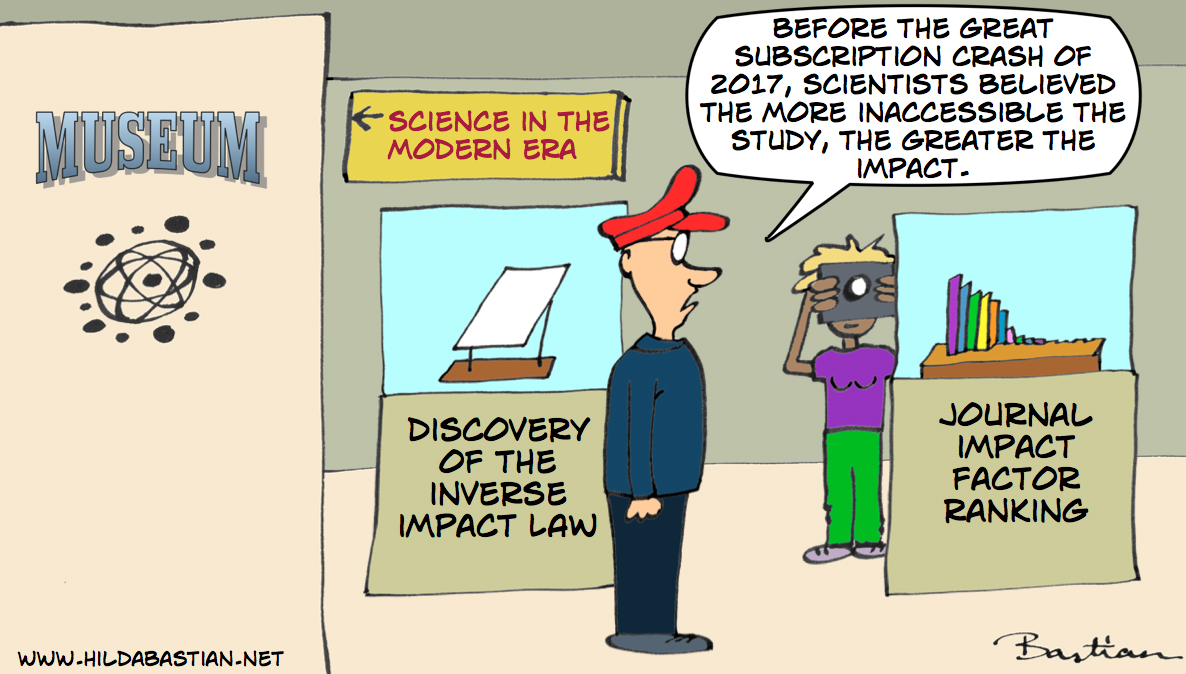
Measuring metrics
A 40-year longitudinal cross-validation of citations, downloads, and peer review in astrophysics

On Moose and Medians
If Thomson Reuters can calculate Impact Factors and Eigenfactors, why can’t they deliver a simple median score?
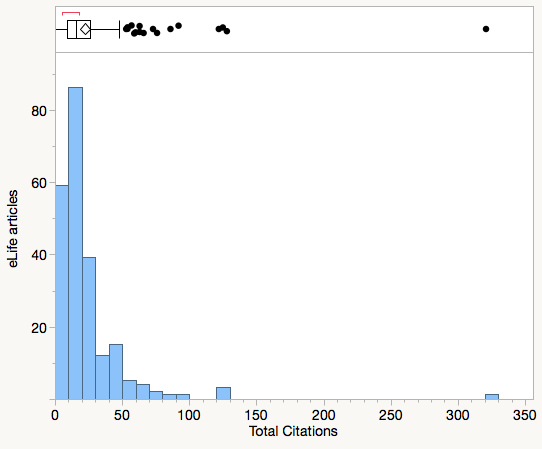
Accounting for Impact? How the Impact Factor is shaping research and what this means for knowledge production.
Accounting for Impact? How the Impact Factor is shaping research and what this means for knowledge production.
Why does the impact factor continue to play such a consequential role in academia? Alex Rushforth and Sarah de Rijcke look at how considerations of the metric enter in from early stages of research…

Auto-correlation of journal impact factor for consensus research reporting statements: a cohort study
Auto-correlation of journal impact factor for consensus research reporting statements: a cohort study
Citation counts are not purely a reflection of scientific merit and the impact factor is, in fact, auto-correlated.


